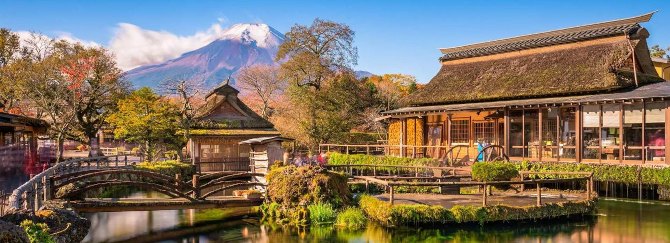If you don’t have a teaching certificate yet, check out our TEFL discount, provided by International TEFL and TESOL Training (ITTT).
Degree
You need at least a bachelor’s degree in any field.
Criminal Background Check
You need to provide a criminal background check, issued within the last 6 months. Check your country to see which one you need:
Australia (National Police Checks)
Canada (Certified Criminal Record Check):
Ireland (Police Certificates):
New Zealand (Criminal Record)
South Africa (Police Clearance Certificate)
United Kingdom (Police Certificate) ACRO or Basic Disclosure (for Scotland)
United States (Identity History Summary)













